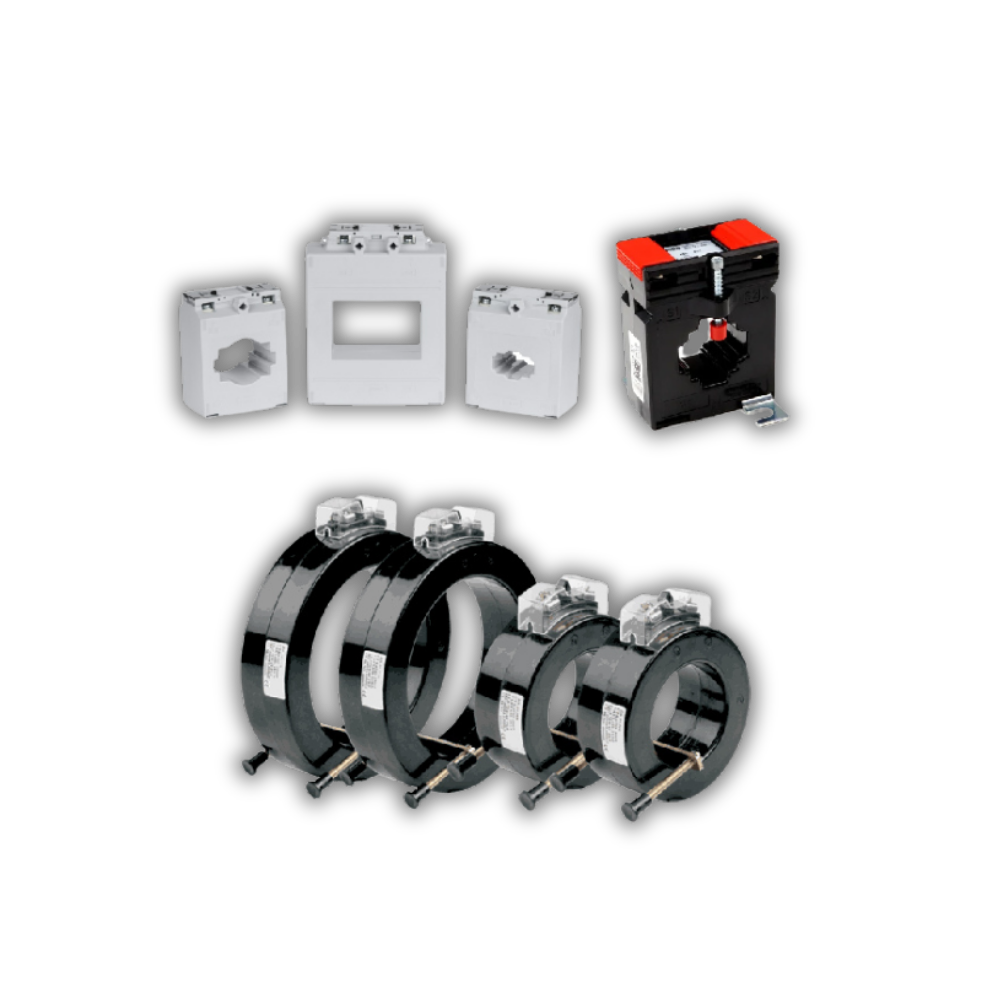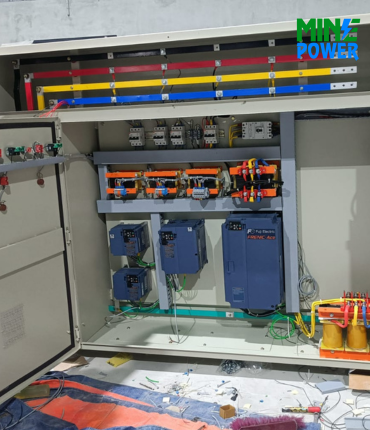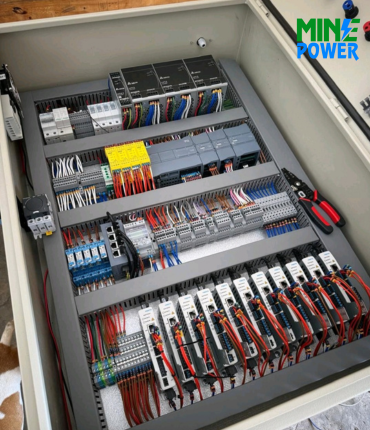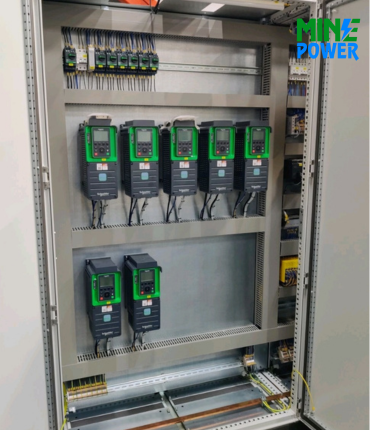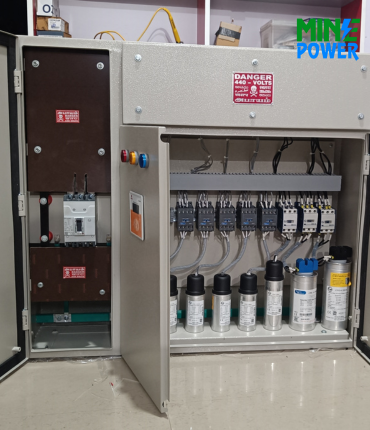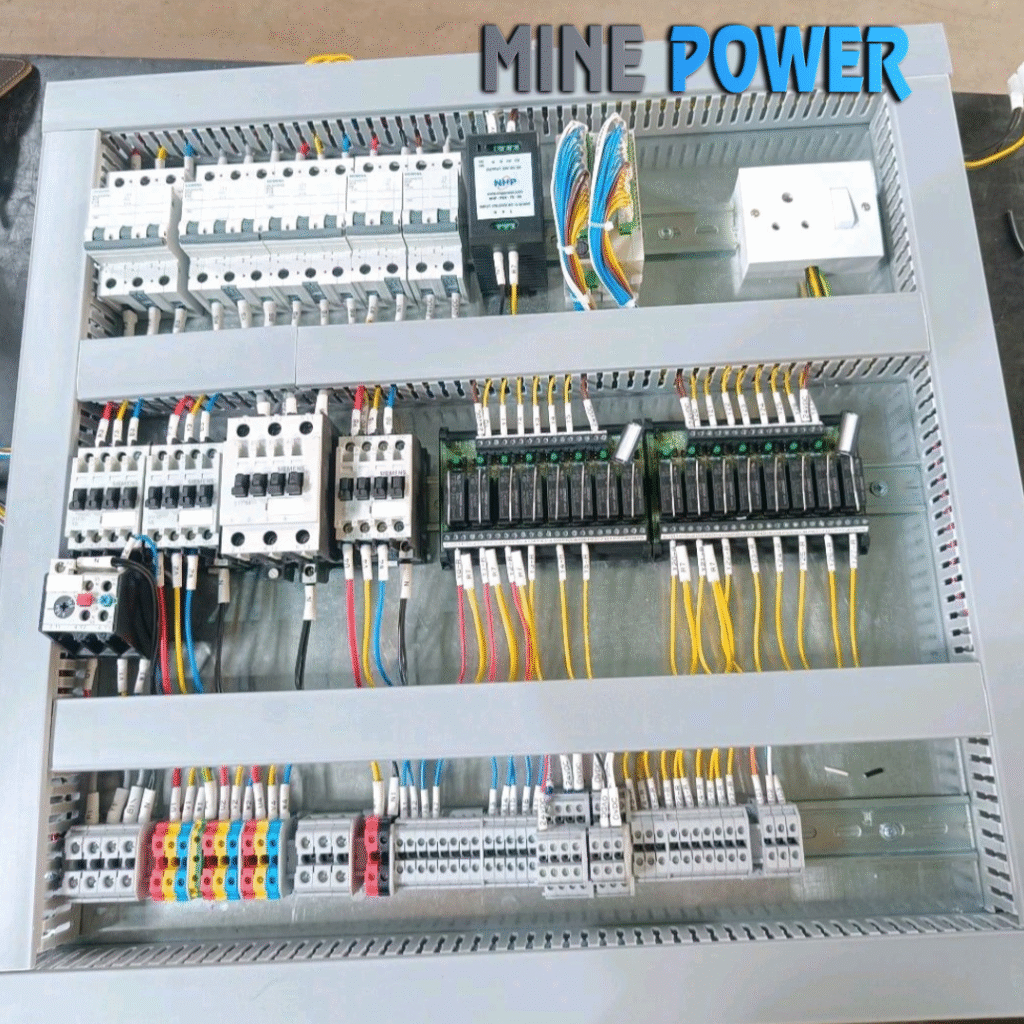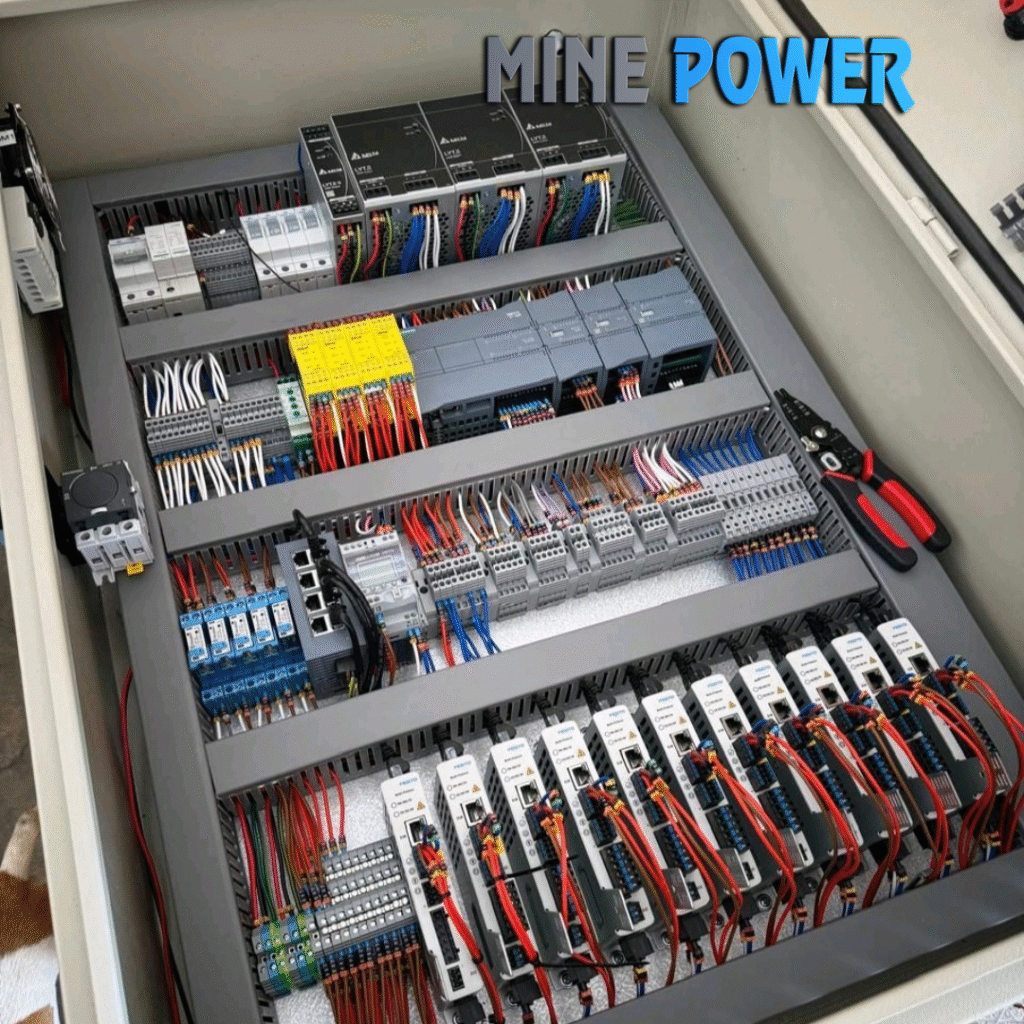CT Coils are essential components in electrical systems for safe and accurate current measurement. By stepping down high currents to standardized levels (1A or 5A), they allow metering instruments and protection devices to operate efficiently without exposure to dangerous high currents. Available in multiple types like ring, split-core, and bar type, CT coils are widely used in industries, substations, and commercial energy management systems.
Description
CT Coils (Current Transformer Coils) are precision devices used to measure alternating current (AC) by producing a reduced current accurately proportional to the current in the circuit. They are widely used in energy meters, protective relays, monitoring equipment, and demand controllers. CT coils ensure safe and accurate current measurement without directly connecting instruments to high-current lines.
Specifications
-
Type: Ring-type, Split-core, Bar-type, Wound-type
-
Primary Current Range: 1A to 6000A (varies by model)
-
Secondary Current: 1A / 5A standard (others available on request)
-
Accuracy Class: 0.2, 0.5, 1.0, 3.0 (per IEC / IS standards)
-
Burden (VA): 2.5 VA to 30 VA
-
Frequency: 50Hz / 60Hz
-
Insulation: High dielectric strength epoxy / ABS plastic casing
-
Mounting: Panel, Busbar, Cable, DIN-rail depending on model
-
Standards: IEC 61869, IS 16227 compliance
Features
-
Wide range of primary currents
-
Compact and durable design
-
High accuracy and reliability
-
Split-core option for easy installation without disconnecting cables
-
Low power loss
-
Safe measurement and monitoring
-
Suitable for metering & protection applications
Applications
-
Energy meters & demand controllers
-
Protection relays & switchgear
-
Industrial automation panels
-
Power monitoring systems
-
Load analysis in industries
-
Substations & distribution boards
Advantages
-
Provides electrical isolation between high voltage circuit & measuring instruments
-
Enables accurate current measurement without interrupting the circuit
-
Increases safety for monitoring and metering devices
-
Supports both metering and protective functions
Disadvantages
-
Accuracy may reduce if burden or saturation limits are exceeded
-
Requires correct polarity and installation
-
Split-core models can be slightly less accurate than solid-core


